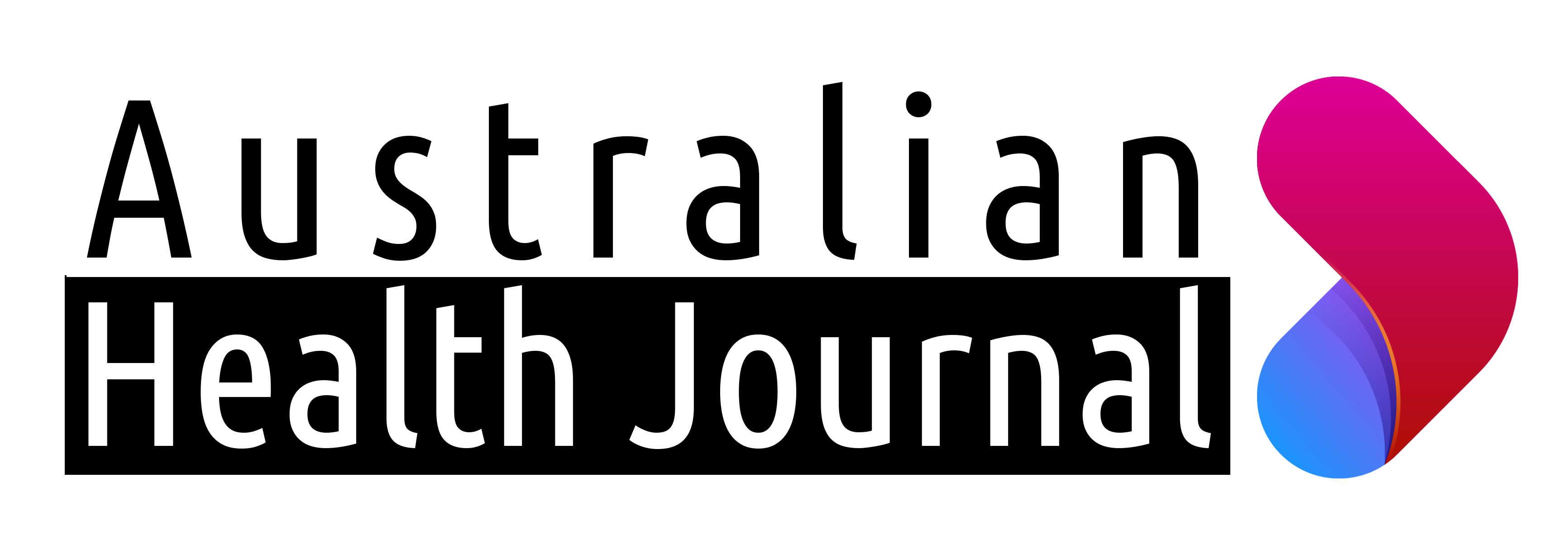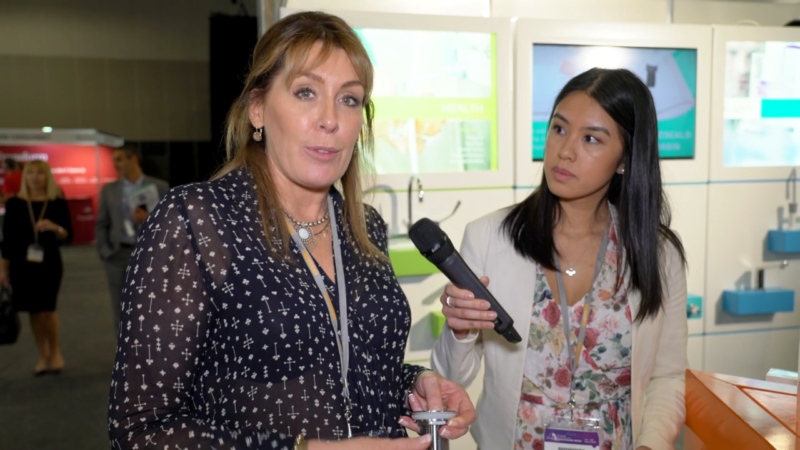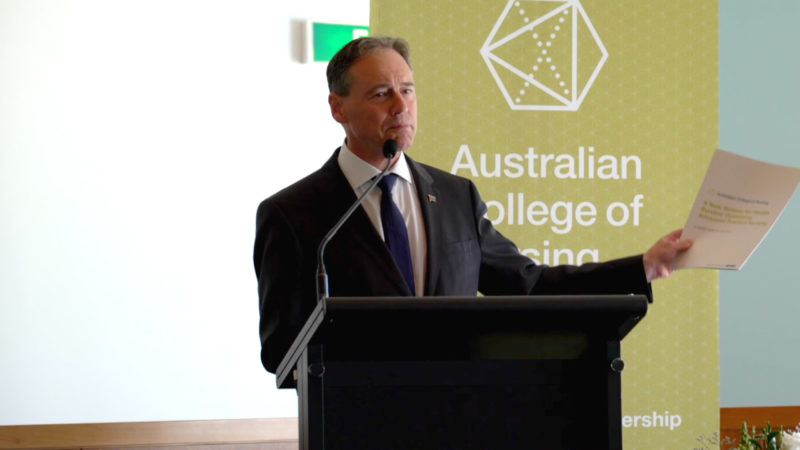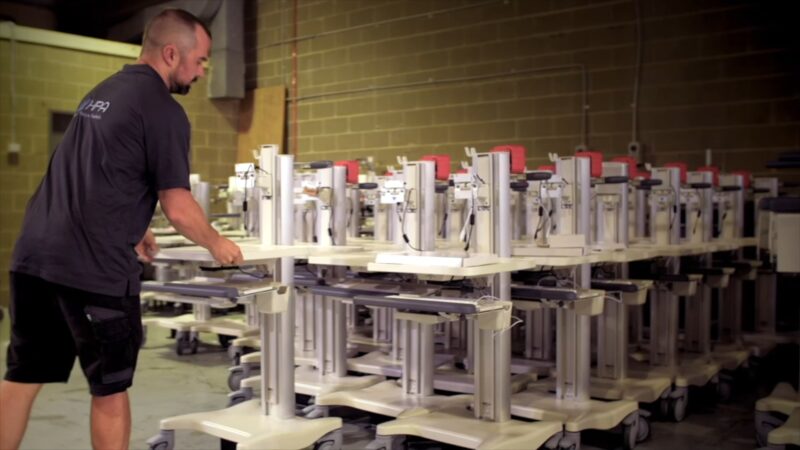Monash University researchers have developed a world-first personalised app to improve the sleep and mood of vital shift workers.
During the pandemic shift workers kept the nation functioning. Our healthcare shift workers helped many of us survive its deadly effects. We know from research and our own experience the critical role sleep plays in maintaining good mental and physical health.
Earlier this year, Turner Institute for Brain and Mental Health researchers developed SleepSync, the world’s first app that personalises sleep-wake cycles for shift workers to improve their sleep and overall mood.
The research, led by Dr Jade Murray, was published in the journal, Digital Health. Australian Health Journal met with Dr Murray to hear how the application has evolved and been used in personalisation of sleep habits for health care shift workforce.
It saw 27 shift workers trial the app over a two-week period; mainly intensive care and emergency department nurses at high risk of shift work disorder, commonly experienced as insomnia and excessive sleepiness.
SleepSync improved total sleep time, ability to fall asleep, sleep quality and perception of recovery on days off. With the app considering each individual’s daily routine, 70 percent reported it was easier to fall asleep, and more than 80 per cent reported better quality sleep. Participants slept an average 29 minutes longer each night.
“SleepSync aims to aid behavioural change and provide practical advice to shift workers by providing personalised sleep scheduling recommendations and education,” Dr Murray said.
“This has the potential to improve shift workers’ health and wellbeing and how they function day to day. It also has the potential for development and integration with wearable devices, such as smartwatches, and further help minimise the health costs associated with shift work to society.”
SleepSync, a mobile phone app, is unique because it is entirely tailored to the individual user by:
► incorporating a calendar for work and personal commitments
► providing biologically viable recommendations for sleep timing that account for work and social obligations based on the information users enter into the calendar, such as work shifts and important personal activities
► daily logging of actual sleep/wake times and mood
Users receive a ‘recovery score’ based on their level of adherence with the recommended sleep times.
Dr Murray said work hours outside the 9 to 5 regime play havoc with the body’s circadian clock. “Shift workers report an increased functional impact of sleep disturbance and misalignment, including impaired alertness and increased sleepiness during wakefulness compared to the general population,” she said.
“Shift workers are also at greater risk of a range of long-term adverse health consequences such as gastrointestinal problems, cardiovascular disease, mood disorders and cancer, as well as the short term increase in the risk of errors, accidents and injuries.”
To date, helping a shift worker to sleep well has largely relied on workplace interventions such as adjusting workplace lighting, scheduled workplace napping, sleep hygiene programs, wellness programs and workplace fatigue management programs.
Co-author Dr Tracey Sletten, of the Turner Institute, said individual workers needed evidence-backed ways to optimise their sleep around their work schedule. “Each person has different underlying biology and specific work patterns, which need to be accommodated in a personalised schedule to help them sleep better,” Dr Sletten said.
Dr Sletten said 67 percent of participants reported how influential SleepSync was for modifying their behaviour and habits, while 82 per cent found the app easy to incorporate into their daily lives. “They also reported improvements in mood (depression, anxiety and stress), insomnia symptom severity, sleep hygiene and sleep-related daytime impairments,” she said.
You Might also like
-
AHW Exhibitor: Gentec Australia
Gentec Australia, an Australian supplier of tapware and designer of wash basins to the healthcare industry exhibited at last week’s Australian Healthcare Week 2019. Their patented basin design reduces the risk of infection through splashing from water through an offset waste, as well as other infection control features. Know My Group reporter Anne Dao spoke with General Manager for Sales Graeme Bunt and State Manager (VIC) Vanessa Beever.
In an upcoming segment Australian Health Journal will cover the technologies deployed and steps taken by hospitals and clinics in infection control.
Post Views:
809 -
“Nurses can do more, should do more and now they will do more”, The Hon Minister Greg Hunt MP, Minister for Health.
Advanced Practice Nurses comprise 9% of the total nursing workforce, with 26,000 clinicians Australia wide. However although highly skilled, they are under-utilised and constrained to the full scope of practice. The Australian College of Nursing believes this needs to change. Nurse led models of care in which Advanced Practice Nurses play a significant role in service provision, must feature in the future. ACN President Professor Christine Duffield FACN states, “It’s now widely acknowledged internationally that nurses can provide a clinical and very valuable service that’s better suited to the healthcare needs of some consumer groups.”
-
Founder makes mobility reality
Shawn Wigham as Managing Director of Hospital Products Australia (HPA), runs a successful business providing equipment to Australia’s health care teams in aged care, hospitals and day-hospital procedure centres.
But what most may not be aware of, is his rapid growth since starting the business in 2013 having just been in health care a few years earlier. Being part of a 2nd generation health care family, Shawn learnt from his father on site and at trade show visits overseas. Prior to HPA, he spent 2 years working in fit-outs of operating theatres, neo-natal and general population ICU, throughout being more fascinated with what he saw.



